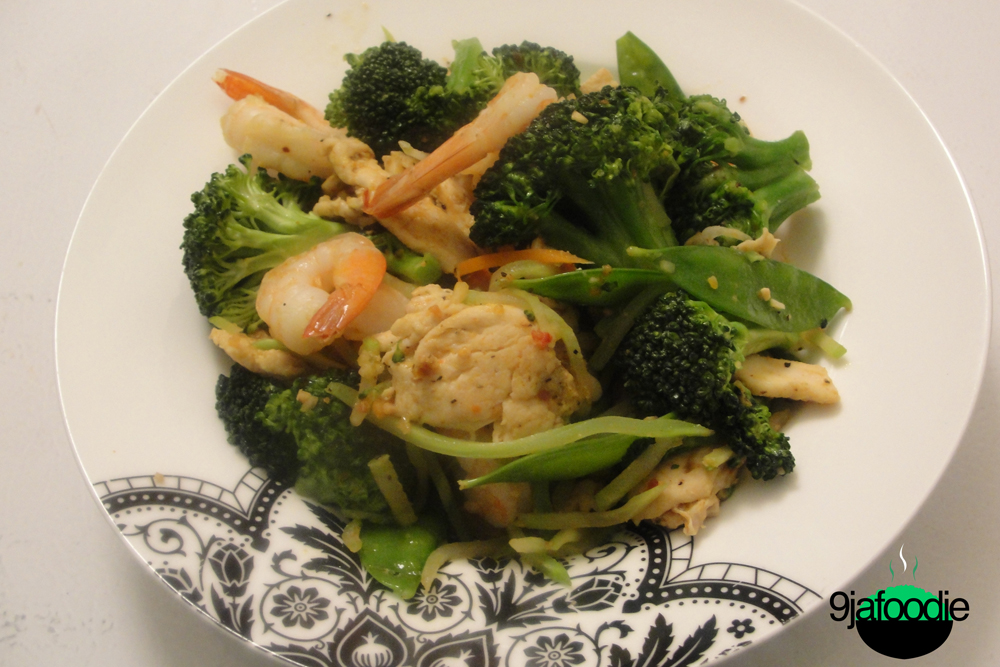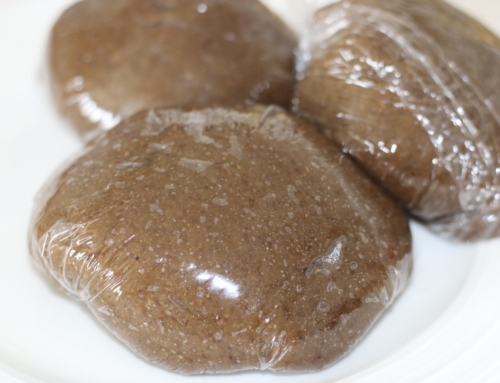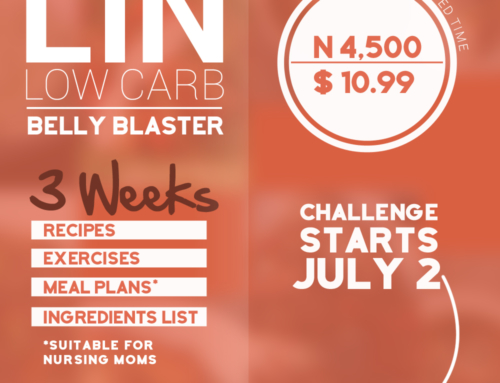
DASH, which stands for “Dietary Approaches to Stop Hypertension,” is the eating plan recommended by the NIH. It features foods that are low in saturated fat, total fat, and cholesterol, with a particular focus on fruits, vegetables, and low-fat dairy. The eight foods on this list are DASH-approved. Not only are they packed with nutrients that support overall health, but they also help lower blood pressure. Here’s how:
Celery:
Mark Houston, a physician and medical director of the Hypertension Institute of Nashville at Saint Thomas Hospital, recommends celery to patients as a natural remedy for lowering blood pressure. This recommendation isn’t anything new: Doctors of Traditional Chinese Medicine (TCM) have been prescribing celery or celery root to patients with high blood pressure for more than a century. Studies have shown benefit in animals as well as humans.
How it works: Celery contains phytochemicals known as phthalides, which relax the muscle tissue in the artery walls, enabling increased blood flow and, in turn, lowering blood pressure.
How much: Research suggests that eating four stalks of celery per day may be helpful in lowering blood pressure. For a boost of protein, add a tablespoon of unsalted peanut butter or almond butter; both are high in monounsaturated fat (the heart-healthy kind).
Cold Water Fish:
Cold-water fish are rich in anti-inflammatory omega-3 fats, which are famous for their cardiovascular benefits. In particular, omega-3s lower blood pressure and reduce the risk of heart attack and stroke. Wild (not farmed) salmon, tuna, mackerel, cod, trout, halibut, herring, and sardines are among the best sources.
How it works: Omega-3 fatty acids are essential fatty acids: The human body can’t make them, so we need to get them from the food we eat. Omega-3s act as a natural blood thinner, making it easier for your heart to pump blood around your body. Less viscous (thick) blood is also less likely to form clots in veins and arteries.
How much: According to the joint guidelines from the FDA and the EPA, two six-ounce servings per week of most cold-water fish is a safe amount for most people, including pregnant women and nursing mothers, to reap the health benefits with minimal risk from exposure to toxins. If you bruise easily, have a bleeding disorder, or take blood-thinning medication, talk to your doctor about potential complications.
Broccoli:
Nutritionally speaking, broccoli is a red-carpet regular, connecting the worlds of scientific research and natural health. This cruciferous veggie is hailed as a super-food because of its powerful antioxidant and anti-inflammatory properties. And when it comes lowering blood pressure, broccoli sells itself.
How it works: Broccoli is a potent package of fiber, potassium, calcium, magnesium, and vitamin C, all nutrients that help lower blood pressure. One cup of steamed broccoli provides more than 200 percent of the vitamin C you need each day. Researchers aren’t sure how, exactly, vitamin C helps. Theories range from the vitamin promoting the excretion of lead to calming the sympathetic nervous system to protecting nitric oxide, a molecule that relaxes blood vessels, thereby increasing blood flow. But the results are the same: Antioxidant vitamin C helps normalize blood pressure.
Whole-grain oats:
In a 12-week study comparing whole-grain oat-based cereals to refined wheat-based cereals, researchers reported that 73 percent of hypertensive participants in the oats group were able to cut out their antihypertensive medications, or reduce them by half. The remaining participants also experienced significantly reduced blood pressure.
How they work: The fiber and magnesium found in oats both have beneficial effects on blood pressure. In addition, oats slow atherosclerosis, the plaque buildup that occurs in blood vessels.
How much: Aim for one serving (about three-fourths of a cup) of whole-grain oats per day, or at least six servings per week. For a boost of blood-pressure-lowering calcium and potassium, eat whole-grain oatmeal topped with skim milk (or unsweetened soy milk) and banana, or sprinkle oat bran on cereal and salads. Loose oats also make an excellent thickener for soups and stews.
Black Beans:
Legumes boast a high fiber-to-protein ratio that you won’t find in any other type of food. This combination works wonders for regulating blood sugar and lowering blood cholesterol levels, both of which are related to maintaining normal blood pressure.
How they work: Black beans are a nutrient-dense source of fiber and magnesium, which are essential for healthy blood pressure levels. What puts them at a distinct advantage over other foods, though, is the folate you’ll find in these legumes. Folate, also known as folic acid in its synthetic form, is a B-complex vitamin that appears to lower blood pressure (especially systolic blood pressure) by relaxing blood vessels and improving blood flow.
How much: 400 micrograms of folate is the recommended daily allowance (RDA). Aim for that as a minimum; 800 micrograms daily has shown significant benefit in reducing blood pressure in multiple large-scale studies. One cup of cooked black beans provides 256 micrograms of folate. Many cereals are also fortified with folic acid.
Berries:
Calorie for calorie, berries are among the most nutritional foods on the planet when it comes to fiber and antioxidant capacity. All berries are great for you, but blueberries, strawberries, and raspberries are tops for their ability to help lower blood pressure, thanks to high doses of fiber, vitamin C, potassium, and other plant compounds.
How they work: All three berries are high in fiber, but raspberries rank highest: Just one cup delivers more than 33 percent of the daily value, for a mere 60 calories. A cup of strawberries offers 136 percent of the daily value for vitamin C. And blueberries contain a compound called pterostilbene that helps prevent plaque buildup in the arteries. Last but hardly least, berries are anti-inflammatory.
How much: Eat at least one serving (one cup) of berries per day, fresh or frozen.
Low Fat Dairy :
In a Dutch study of hypertension in adults 55 and older, researchers found that low-fat dairy products such as milk, cheese, and yogurt may help prevent hypertension.
How it works: The modest amount of fat in low-fat dairy is important because it increases the bioavailability of calcium, making it easier for the body to absorb. In addition, milk and dairy products offer blood-pressure-lowering magnesium and potassium.
How much: In a 2006 study from Harvard Medical School, researchers found that people who ate more than three servings per day of low-fat dairy showed a systolic blood pressure reading of 2.6 points less than those who ate less than half a serving per day. So aim to include skim milk, cheese, and yogurt into your three daily meals, or in between.
ARTICLE CREDIT : YAHOO HEALTH





Please can I take loyal milk to lower my blood pressure?
If no, please which powdered milk Is the best in Nigeria for hbp
Tell me in Nigeria context what are the best foods. I really appreciated the information but bring me to our own diets and explain further.
please i need a menu list of foods that are low in carbohydrate, sugar and cholesterol but extremely healthy and delicious.. I need it for my school project, can you please help out?
If it’s for your school project, then you should do the research yourself. There are loads of information on the internet.
Sorry, wht do u mean by black beans. More details on that please
As usual thanks for the article it is informative and educative.
Blessings….
very great and informative entry.
Thank you for the FYI
Peace…
Rhapsody
http://www.facebook.com/RhapsodyPhoenix (like my page?)http://www.shelfari.com/rhapsodyphoenix (see my adventures in reading)
https://plus.google.com/101099217204323189067 (join my community)
You are most welcome
Abeg na 9ja be dis.Kilon je Broccoli? *grin*
LMAOO…. YOU this man! Oya google it.
Thanks for sharing this I would tell my grandma about this healthy food. I’m into daily makeover studio.
You are welcome.
The most important step is to cut down on excess salt intake. Overall great post! Very educative :)
That is true! thanks for the insight.